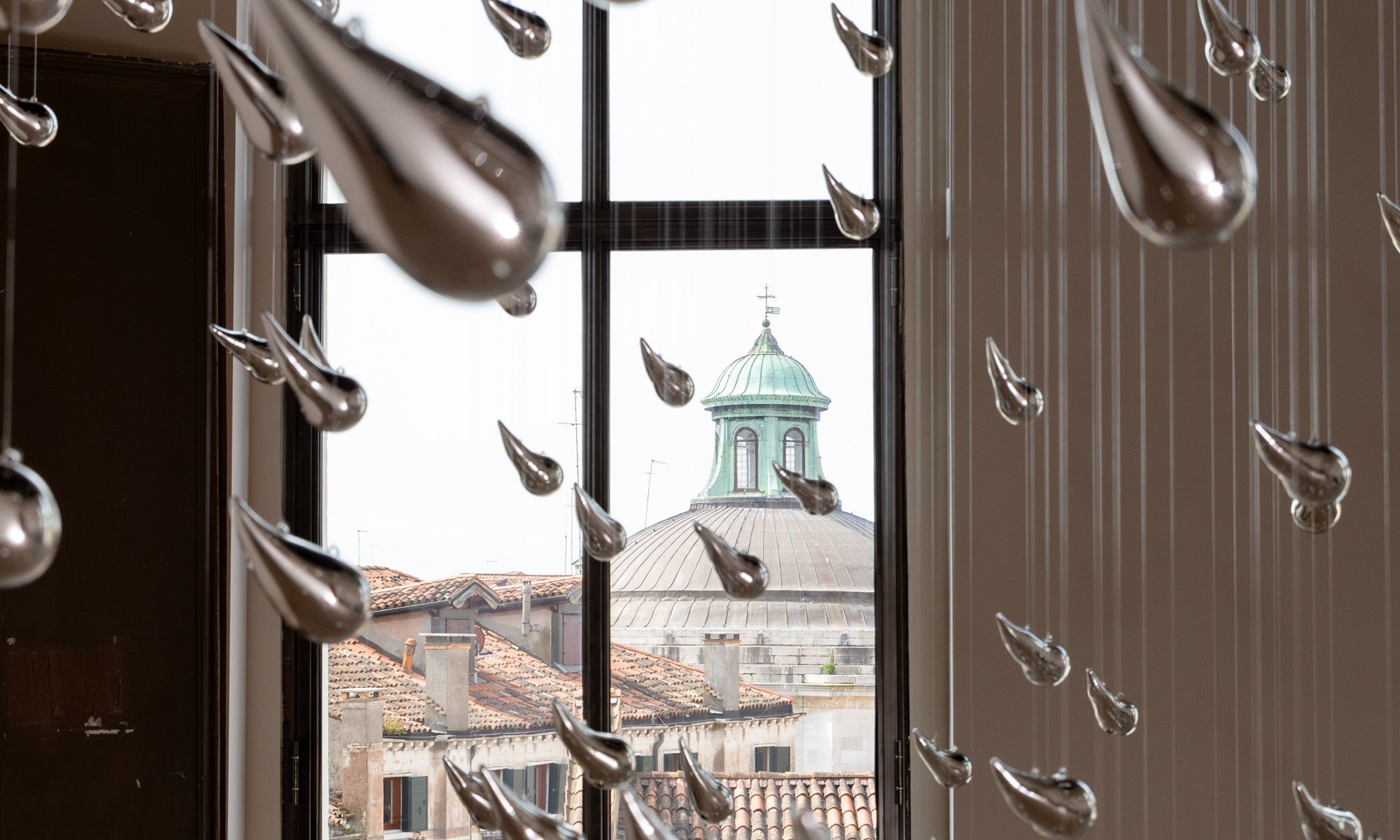Urs Fischer, Omen (2024) in the Palazzo Diedo Photo: Massimo Pistore. Courtesy of Gagosian and Berggruen Arts & Culture
Among the hundreds of temporary exhibition openings in Venice this week, one will become a permanent addition to the city. Palazzo Diedo, a vast 18th-century former residence in the Cannaregio district, was bought in 2022 by the German-US billionaire philanthropist Nicolas Berggruen and opens to the public on 19 April. It is the largest contemporary art space to open in the city since the launch of François Pinault’s Punta della Dogana in 2009.
Berggruen, who founded the globe-spanning think tank the Berggruen Institute, already operates a cultural centre in Venice, which opened in 2021 in Giudecca, dedicated to cross-disciplinary research and debates. What distinguishes the newer venue is its complete focus on contemporary art. Primarily, it will serve as artist studios and an exhibition space.
“Venice used to be known as a place where things were created. Over time it’s turned into a place known for where things are exhibited. I want to revive making here,” Berggruen tells The Art Newspaper. Artists will be invited to create specially commissioned works on site during six-month long residences in Venice, from the autumn to the spring; these works will subsequently be shown in the space.
The 4,000 sq. m mansion has “volumes large even for Venice”, Berggruen says, and will also display works from his personal collection. The building was chosen by Mario Codognato, who serves as Palazzo Diedo's chief curator. Codognato has organised the inaugural show, which features works by ten artists, most of whom are collected by Berggruen. These include Jim Shaw and Sterling Ruby; the latter made artistic interventions on the building’s facade when Berggruen bought it.
Hiroshi Sugimoto, Enlightening (2024) Photo: Massimo Pistore. Courtesy of Sugimoto Studio
The show’s title, Janus, the Greek god of transitions and doors, is linked to the curatorial thrust of Palazzo Diedo: to merge the historic and the contemporary. To that end, a number of the building’s painted ceilings that were damaged beyond repair have been painted over by artists taking part in the inaugural show, and will remain as permanent works. Two fresco cycles and a Roman capricci (a scene that combines historical and fictional elements) by the 18th-century artists Francesco Fontebasso and Costantino Cedini have also been fully restored.
It is not just time periods, but geographies too, that Palazzo Diedo will attempt to bridge, bringing together works from the East and West. Opening in Venice makes sense for this reason, Berggruen says, as it is an historic crossroads for global trade, and continues to be through events such as the Venice Biennale.
The location has contemporary geopolitical benefits as well. As Berggruen points out, the main sites of his institutions are in California and Beijing, which are “increasingly at odds politically and ideologically, something that is not likely to improve". Europe is a “more neutral space”, he says. He adds that commissioned resident artists will be given a carte blanche and not be beholden to make work that chimes with the Berggruen Institute’s chief areas of research, such as democratic reform and artificial intelligence. "Artists have freedoms and insights that policy makers do not," he says.
Also opening this week is a smaller Venice contemporary art foundation, by the Italian artist Vincenzo de Cotiis, in a 15th-century mansion on the Grand Canal. Inaugurating the space will be three monumental arches by de Cotiis, which will be installed in the courtyard of Palazzo Giustinian Lolin.
Meanwhile, the Turin collector Patrizia Sandretto Rebaudengo’s forthcoming foundation on an abandoned island in the Venice lagoon is nearing completion. Earlier today (18 April), the Korean dancer and choreographer Eun-Me Ahn, along with her company of ten artists, staged a performance across the entire island.

